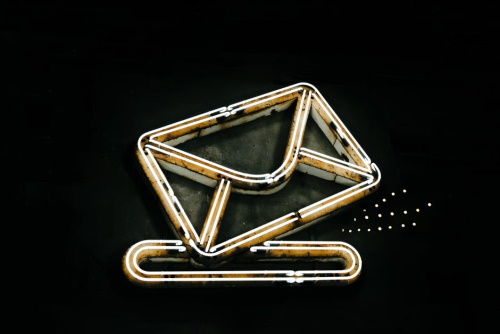 Do you know how to send out effective emails? You might bristle at the question. “Of course! I email all day long.” Have you changed your email techniques since the beginning of the pandemic?
Do you know how to send out effective emails? You might bristle at the question. “Of course! I email all day long.” Have you changed your email techniques since the beginning of the pandemic?
On a functional level, most businesses responded quickly to the demands for isolation posed by the global pandemic. The number of people who learned how to use Zoom went off the chart, and the Internet infrastructure sometimes faltered beneath the burden of drastically increased traffic.
Although we continue to realize that no form of remote communication equals the multisensory dimension of physical contact and communication, being able to see and hear clients and colleagues reduced some of the strain of physical separation.
What Did You Do to Bridge the Gap?
When one sense, such as sight or hearing, goes away, other senses strengthen to bridge the gap.
In a similar way, we find that the loss of face-to-face, physical interaction may require us to deliberately develop another way of making our communications understood. This may be effective email.
Too many people don’t treat this means of communication with the respect that it deserves. Often, they don’t pay enough attention to the fact that emails don’t dissolve after they’re read. What you write to someone else has a long-life span. In addition, it can be forwarded into infinity.
3 Characteristics of Effective Email
For effective emails to serve as a valuable tool, several standards exist.
Civility: No email wars, please. I’m very familiar and have succumbed to the temptation to dash off a zinging response. I told myself I didn’t much care if the recipient of my email didn’t like what I wrote because she was wrong. I failed, however, to anticipate that she would forward my righteous and angry message to countless recipients. This story doesn’t have a happy ending.
 An email I sent to one person in a weak emotional moment traveled to over 100 people. I got a barrage of phones and emails along the lines of “Pat, what are you doing?”
An email I sent to one person in a weak emotional moment traveled to over 100 people. I got a barrage of phones and emails along the lines of “Pat, what are you doing?”
Since that time, if I need to take a combative or even a firm stance on an issue, I first write a draft of the email as a text document. After I write it, I let it sit overnight. The following morning, when the heat of anger has faded, I look at it and often modify and soften my language.
How thoughtful were you about the emails you sent out this year? Did you read them as if you were the recipient? Did you think about whether they might cause damage, misunderstanding, or hostility?
Understandability: I would love to think that lots of people were brushing up on their grammar and punctuation since the beginning of the pandemic, but I have no evidence to support that. If you were writing more emails, how often did you get responses with “???” or more strongly-worded statements that the individual didn’t know what you were talking about?

Again, the solution is to write a draft and read it as if you were the recipient. Yes, you know what you mean, but pretend that you don’t. Read your email objectively and ask yourself if it makes sense.
Getting to the Point: I’ve written about this before here. When you have something to say, first, announce it in your email headline. This helps another person prioritize what to open first.
Secondly, follow up directly on the headline subject. Say what you need to say in clear, simple language. Request a response.
Often, effective email is the most immediate way to communicate with a fellow worker, team member, or employee. If you follow the guidelines of civility, understandability, and getting to the point, it can also be the most effective.
Pat Iyer remembers the early days of emails when we sent jokes. Thankfully we are not wasting time on that any more. Connect with her at Patiyer.com.

